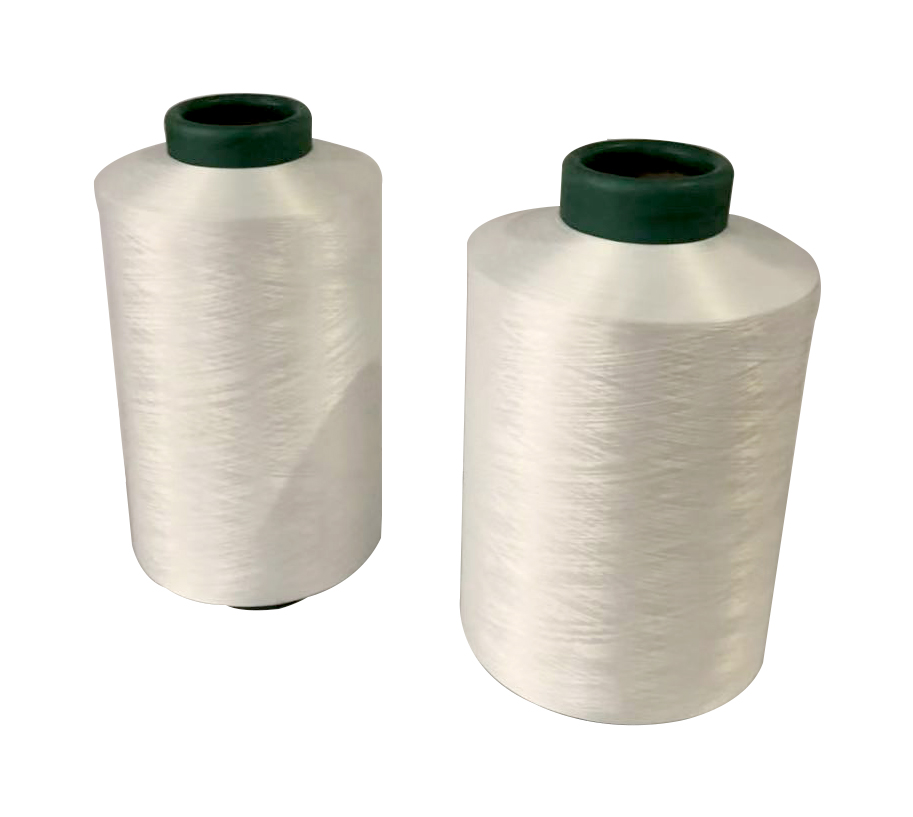High Strength 300D Orange brown 99.99% Polyester Yarn for Embroidery/KnittingCol...
See DetailsPolyester Yarn is one of the versatile types of fiber. Its high-quality fibres are ly durable and are for a variety of purposes. For example, it can be used in clothing, home furnishings, and embroidery. The spun version is the popular. It is also Machine-friendly and can be used for a variety of projects, including knitting and sewing. The following are some of the common uses for polyester yarn.
It is commonly blended with other fibers for a variety of purposes. The result is a strong, lightweight fabric that is also easy to wash. This material is typically dry-clean-friendly, and can be washed and dried in a washing Machine. However, depending on the type of blend you choose, the care requirements for a particular blend may differ. Here are some examples of fabrics made from polyester yarn. And, while it is a versatile fiber, it is also inexpensive.
The different types of polyester yarn are useful for many different purposes. In addition to fabrics, polyester POY is also used for upholstery and home decor. In terms of color, you can choose from Bright, Triloble, or Semi Dull. Aside from textiles, polyester POY is used in seat covers, bags, and home decor items. It can also be dyed. You can buy it in any color that you like.
Intermingle yarns are a variety of other types. The process of weaving and twisting creates a unique texture. These textiles are characterized by a low shrinkage, consistent tenacity, and high elongation. For a blanket or pillow, this product is used as an interlaced fabric. This polyester product is the widely used in the world.

This type of polymer yarn is made from recycled materials. It can be used for a variety of purposes, including in construction and in many industries. Its strength and elasticity make it a good material for a variety of purposes, including insulation, roadbed strength, and even the stabilization of riversides. It can be mixed with cotton, linen, and viscose fibers, and is commonly used in a wide range of clothing materials.
A polymer called polyester is a thermoplastic material with various properties. PET Polyester is made by melting the material at 265 degrees Celsius. It can be blended with natural fibers and create various fabrics. For example, a synthetic wool blend can be used in a woven fabric. These types of garments are durable and have a high tenacity. In addition to their practical applications, they can be used for many purposes.
The common uses of polyester yarn are in textiles. These yarns are available in many forms and are used in a variety of applications. For instance, there are three types of polyester filament yarn: 1 Heater DTY, High-Intermingle, and Non-Intermingle. Each type has different properties and is used in various industries. It is the common commercially available fibre in the world. It is one of the strongest synthetic fibres and is widely used in sewing and a wide variety of crafts.
In addition to textile applications, polyester is used for numerous other uses. It is used in tarps, ropes, consumer fabrics, and holographic films. In addition to textiles, polyester is also used in a wide range of industrial products, including apparel. It is also used in insulation tapes and other types of insulation. For example, the film is made from a fabric made of polyester. It can be woven with a number of different fabrics.
Unlike cotton, polyester is made from melted PET chips, which have different lengths and widths. The fibers used in this material have various properties, including abrasion resistance and wrinkle resistance. The different types of PET chip can be used in the manufacturing of textiles. These materials can also be used in a wide range of other applications, such as carpets. If they are not required for textile production, they can be recycled.
The polymer is produced by spinning the melt of a polymeric compound. The polymer is spun at a temperature of approximately 265 degrees Celsius. This results in a yarn with a zigzag structure. This yarn has a lower tenacity than cotton, but is often used in apparel and household products. It is a better choice than cotton because it is less expensive, but does not have the same benefits as cotton.